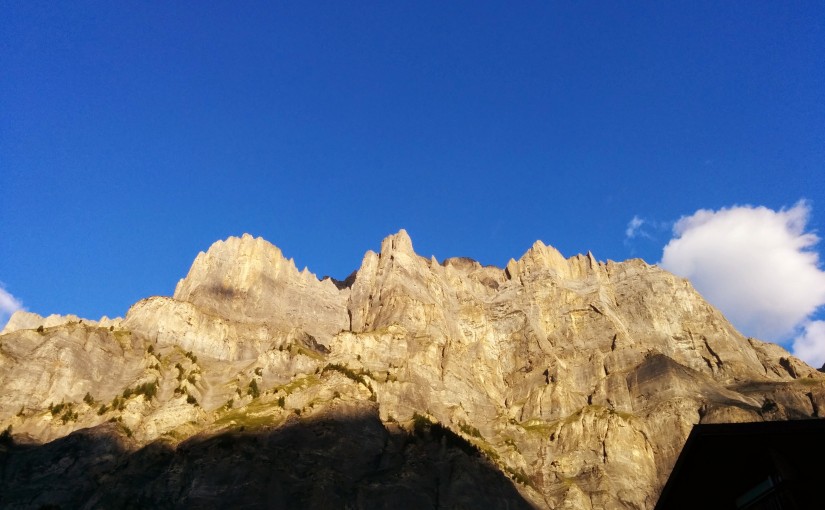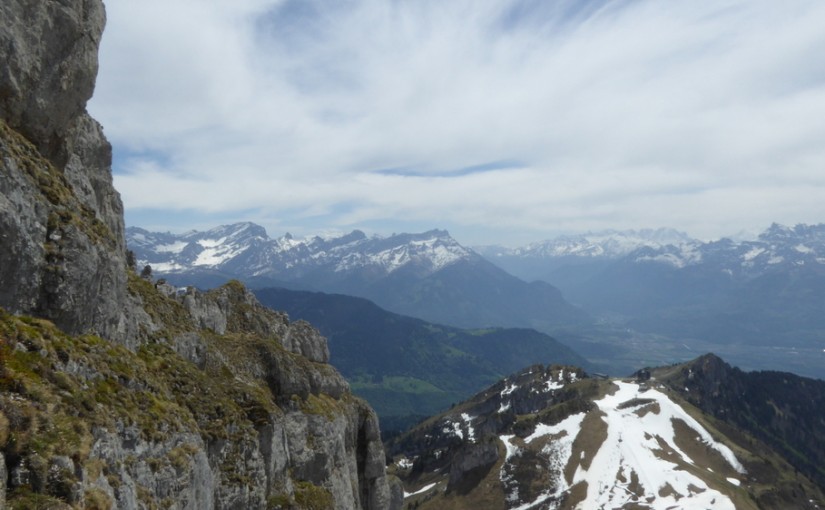Month: August 2015
-
The Tichodrome Via Ferrata behind Neuchatel is not for beginners
Reading Time: < 1 minuteThe Tichodrome Via Ferrata near the Creux du Van is not a via Ferrata for beginners. Yesterday I went with a group of people and it took two and a half hours rather than the one and a half hours that it was meant to take. There are two principal reasons…
-

The Leukerbad Via Ferrata
Reading Time: 4 minutesThe Leukerbad Via Ferrata is a mythical Via Ferrata for those who practice the sport in the french speaking part of Switzerland. It is mythical both for the duration and for the vertical movement. The climb itself takes around 5hr30-6hr and the vertical change is 1000m. Via ferrata is rock climbing for…
-
Mol̩son Night РVia ferrata at night
Reading Time: < 1 minuteI expect that going to do the Moléson Via Ferrata by night will be like scuba diving in the lake. I expect that on the Moléson night I will see the cliff face in front of me and that if I turn around I will see darkness around me. I suspect I…
